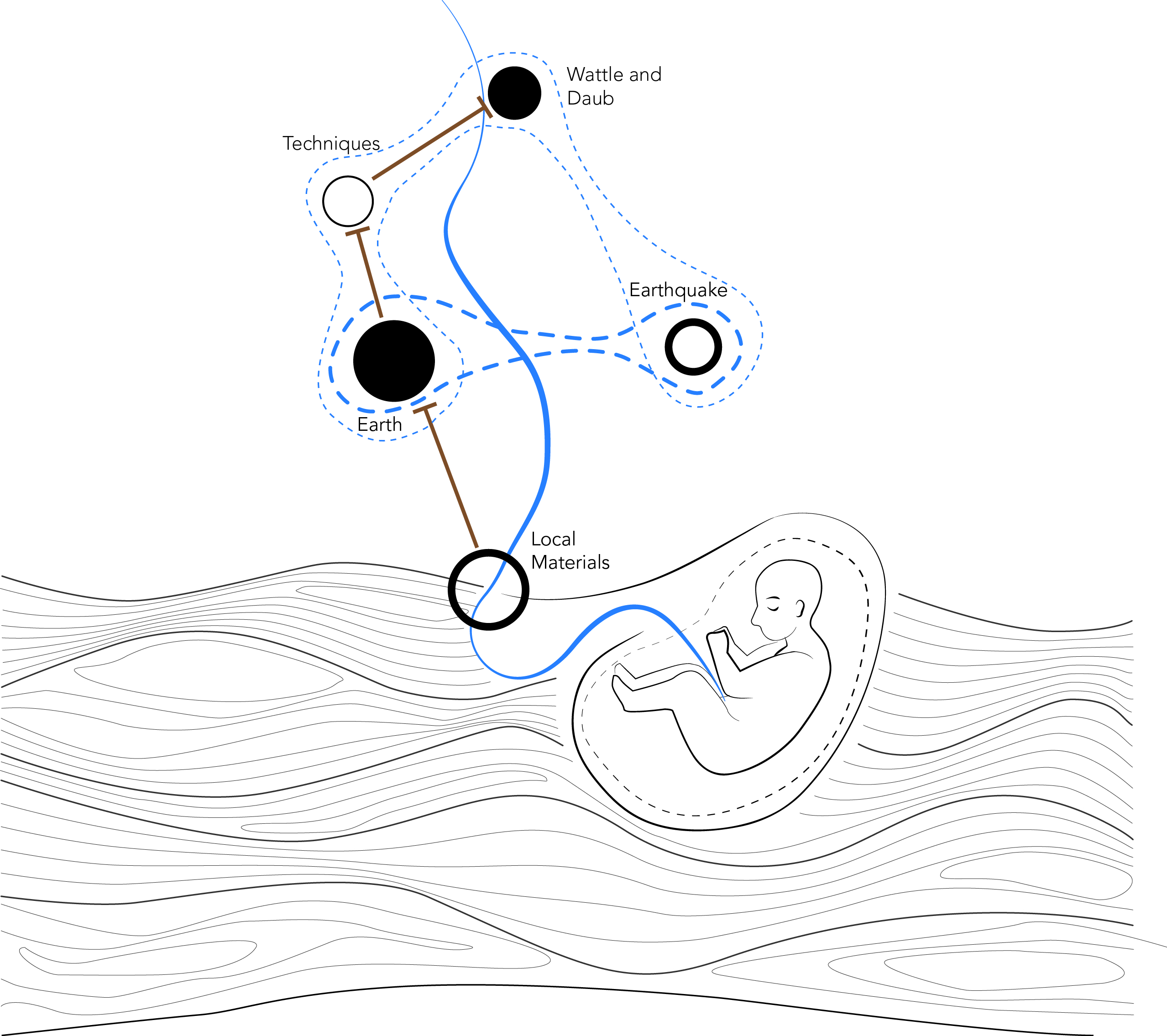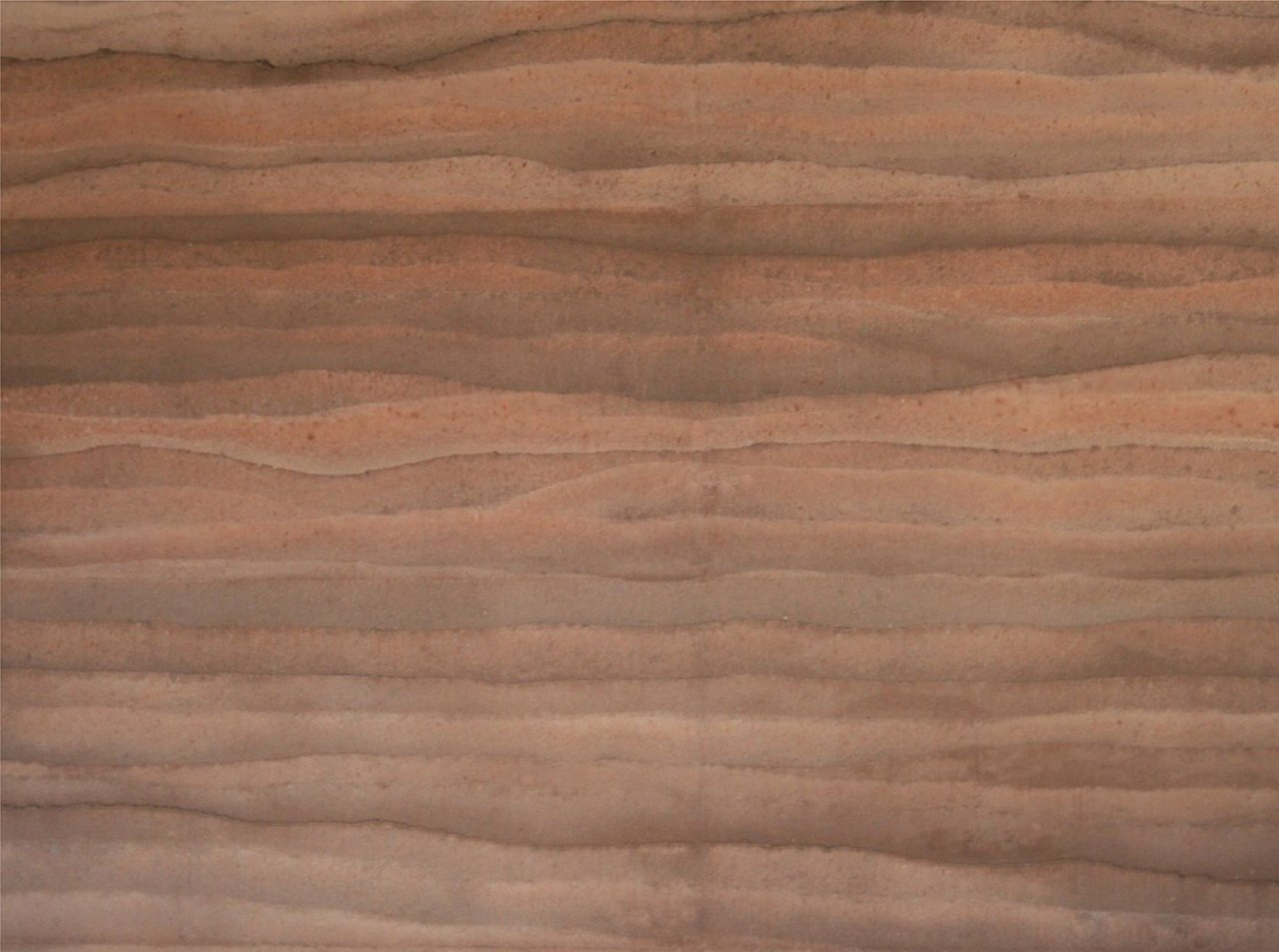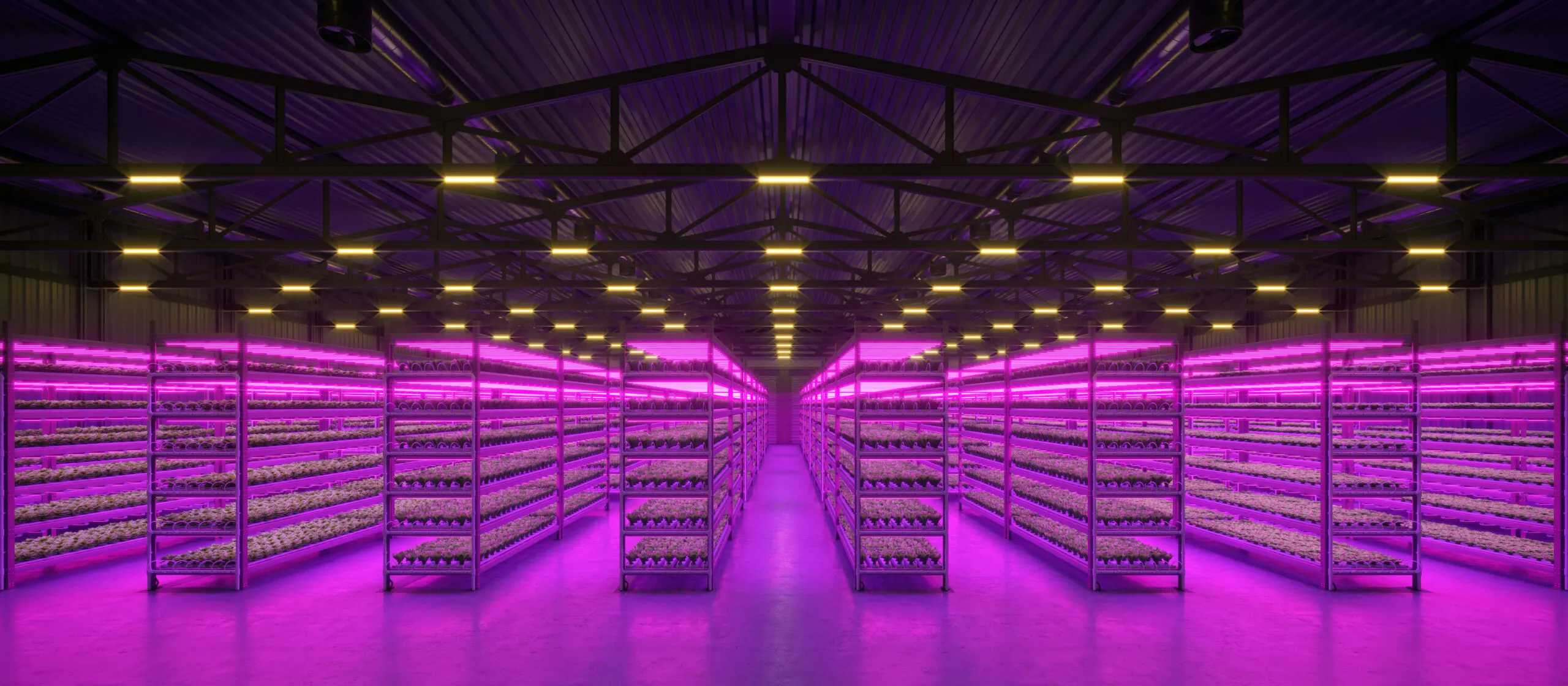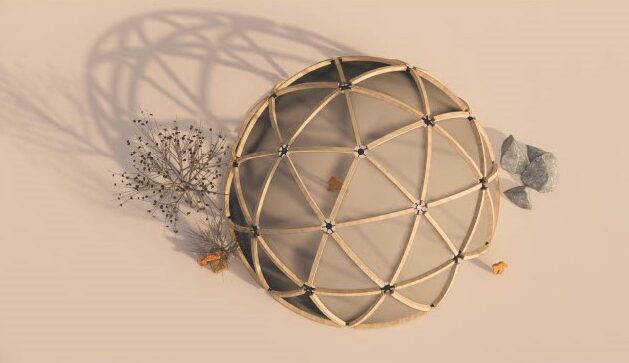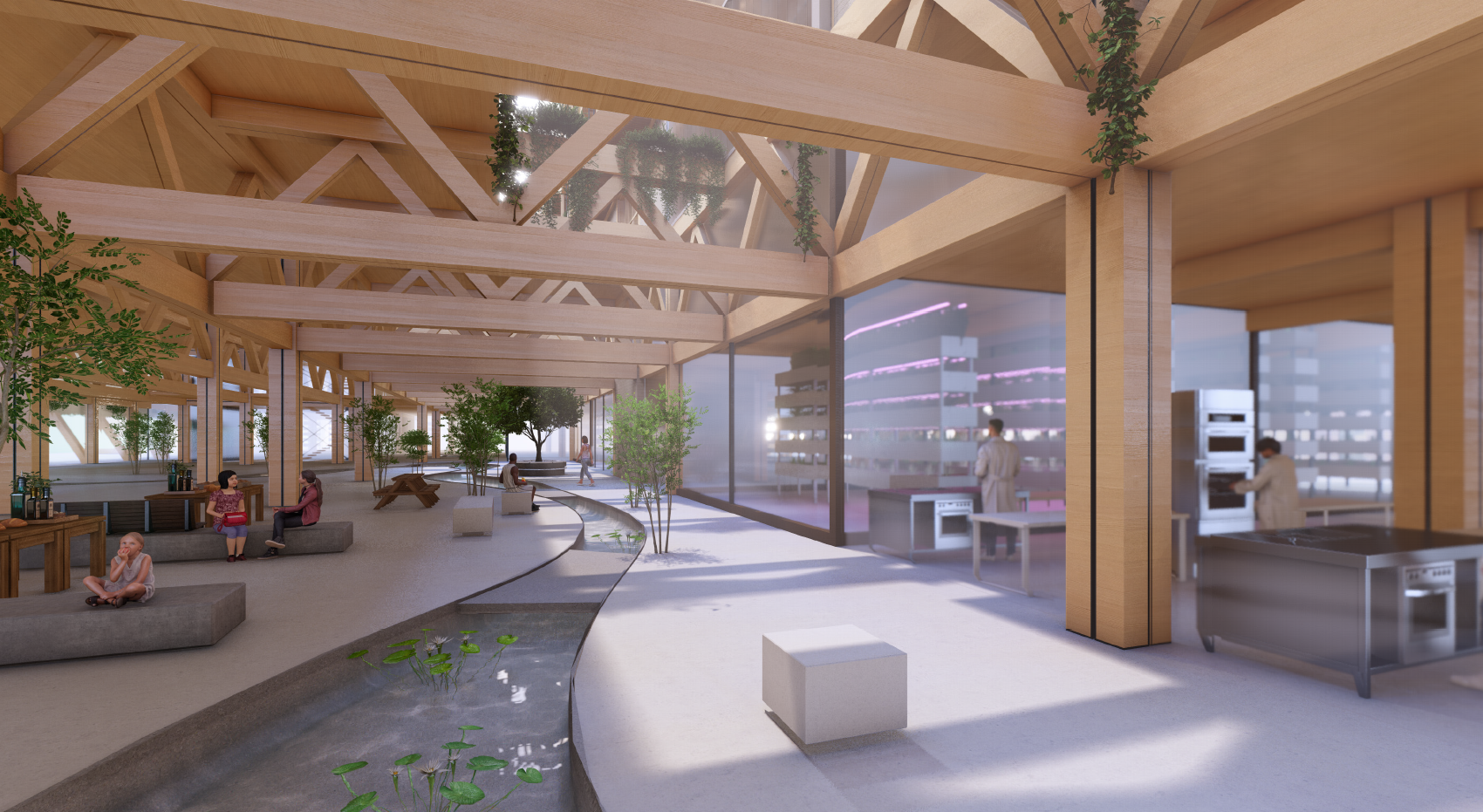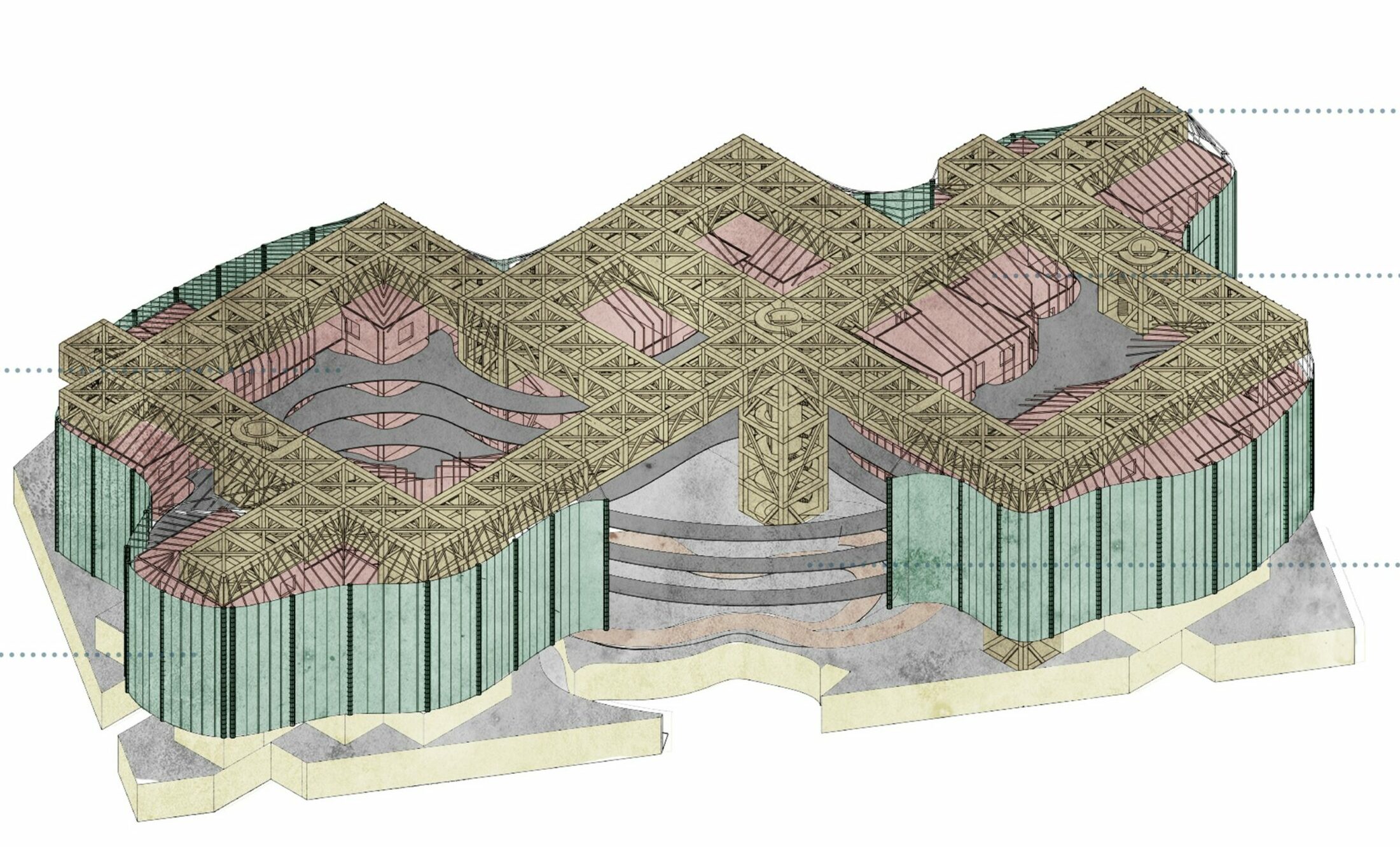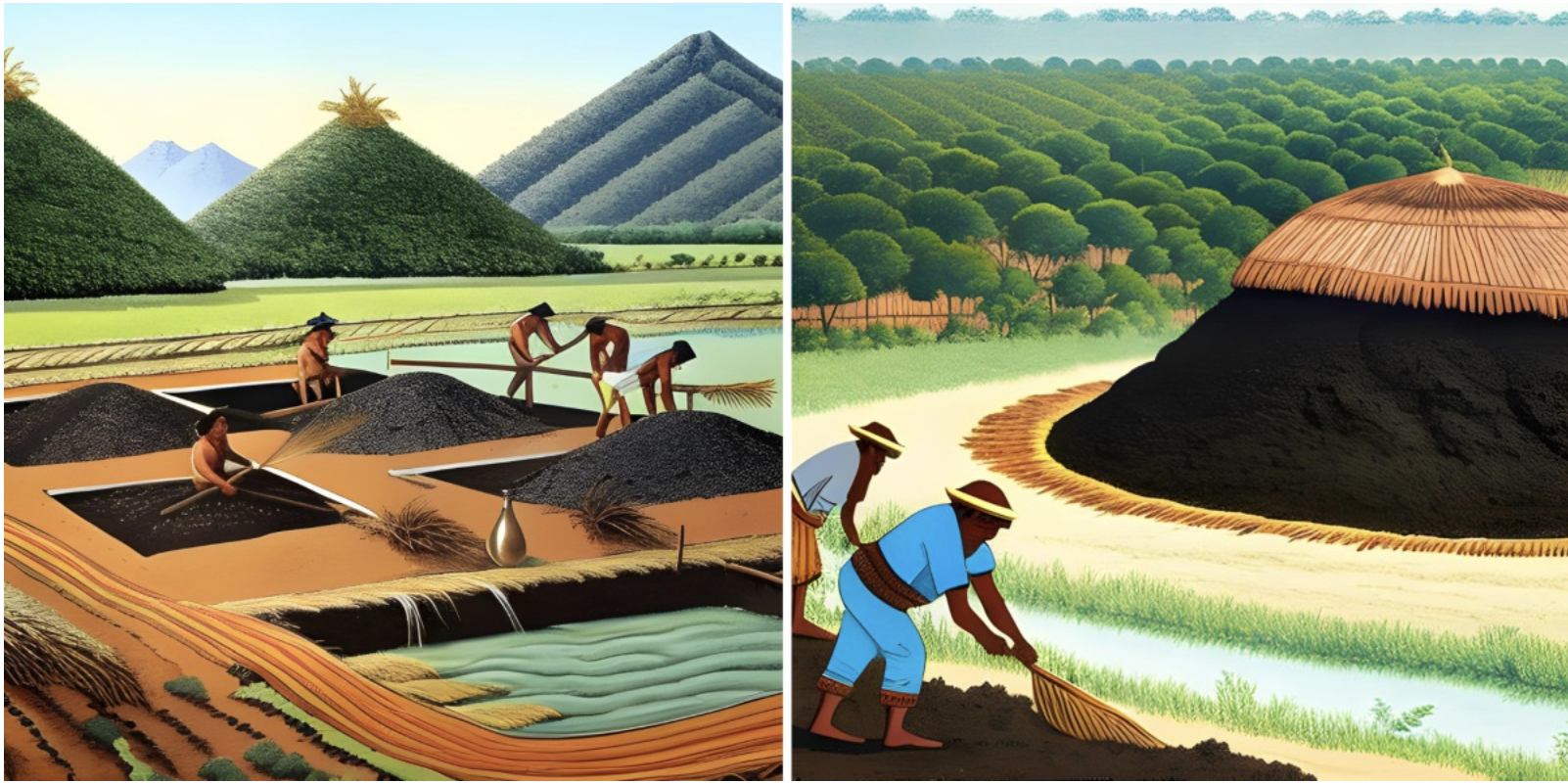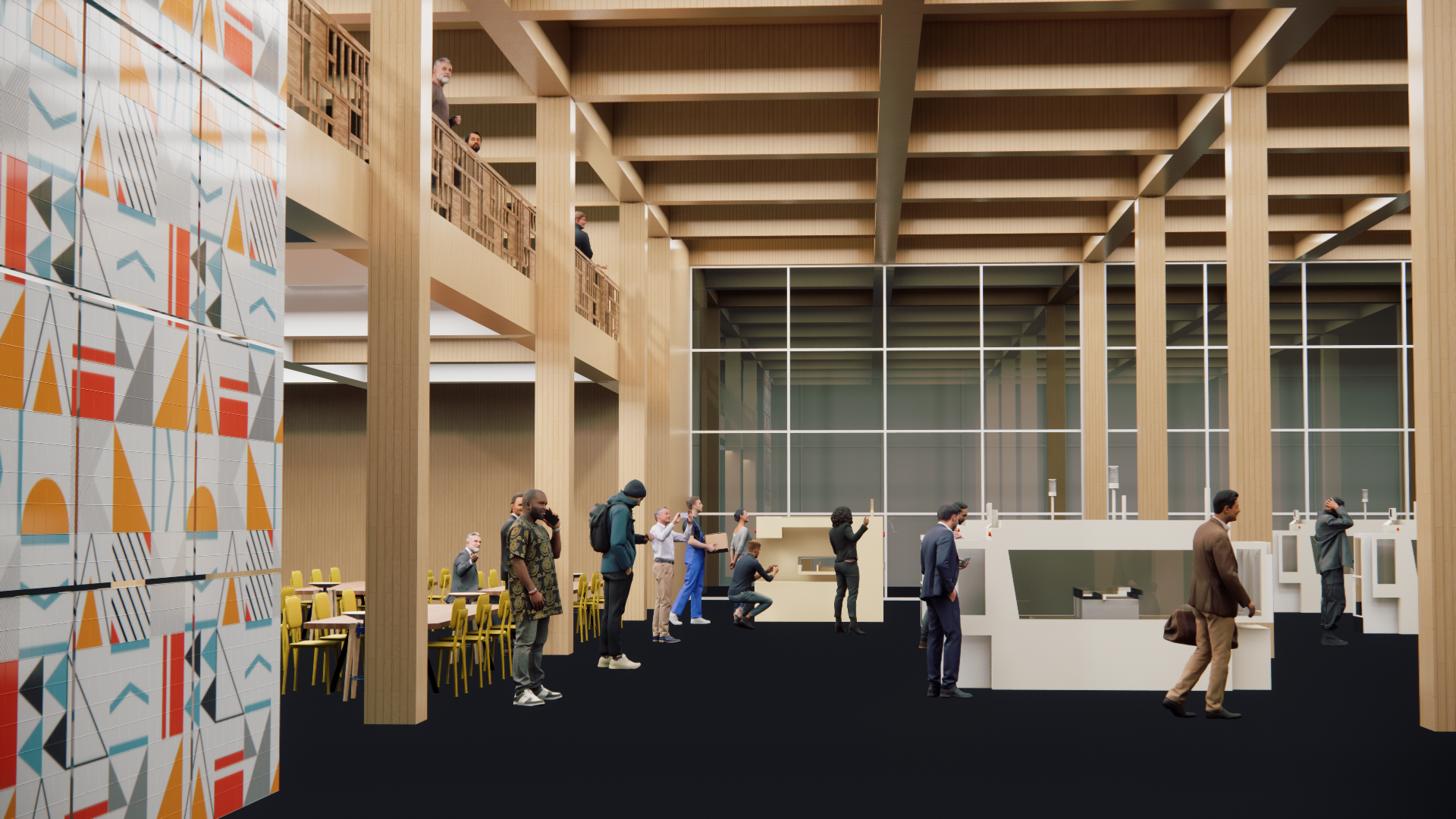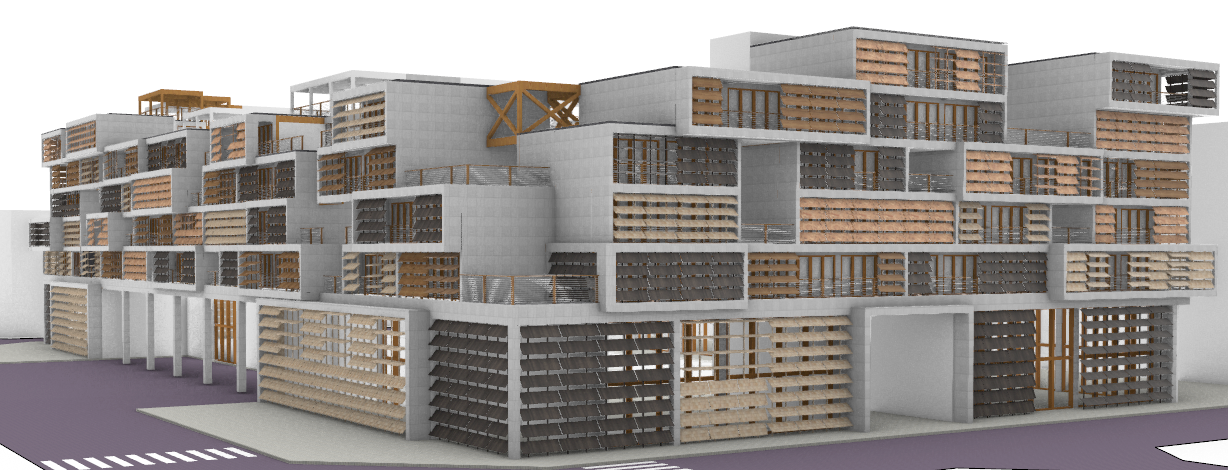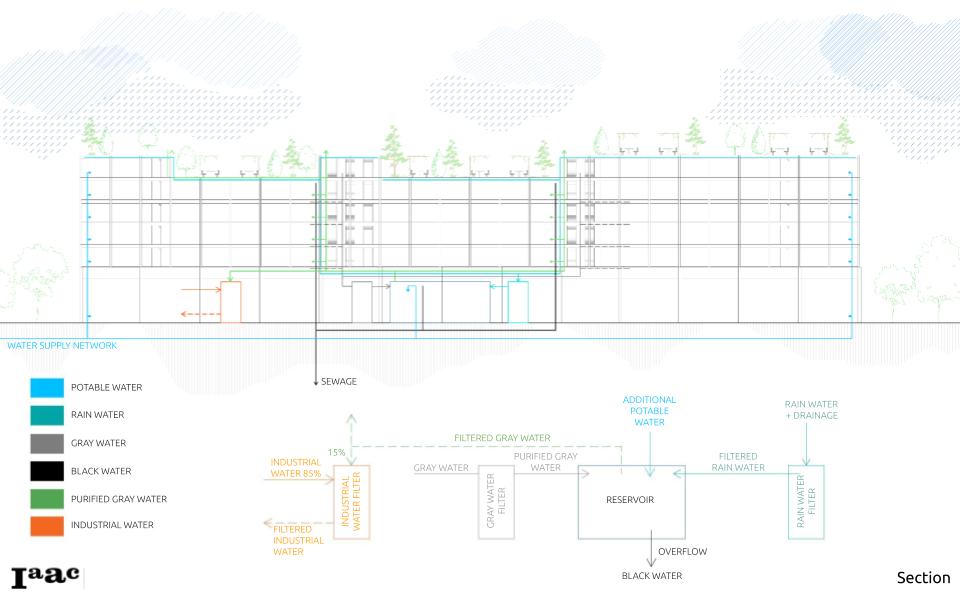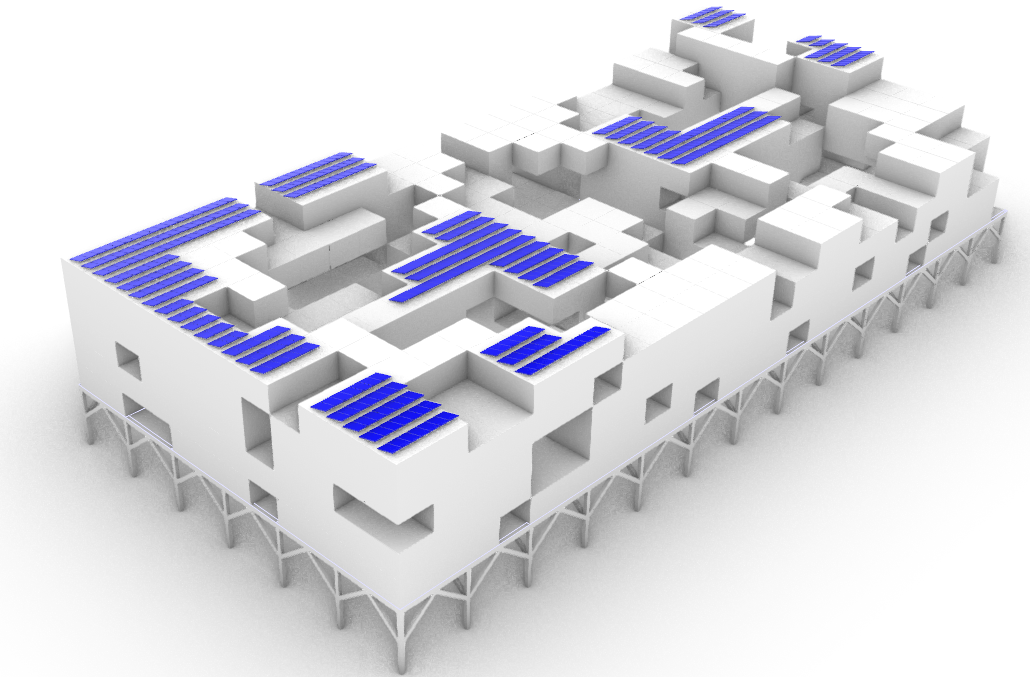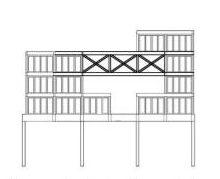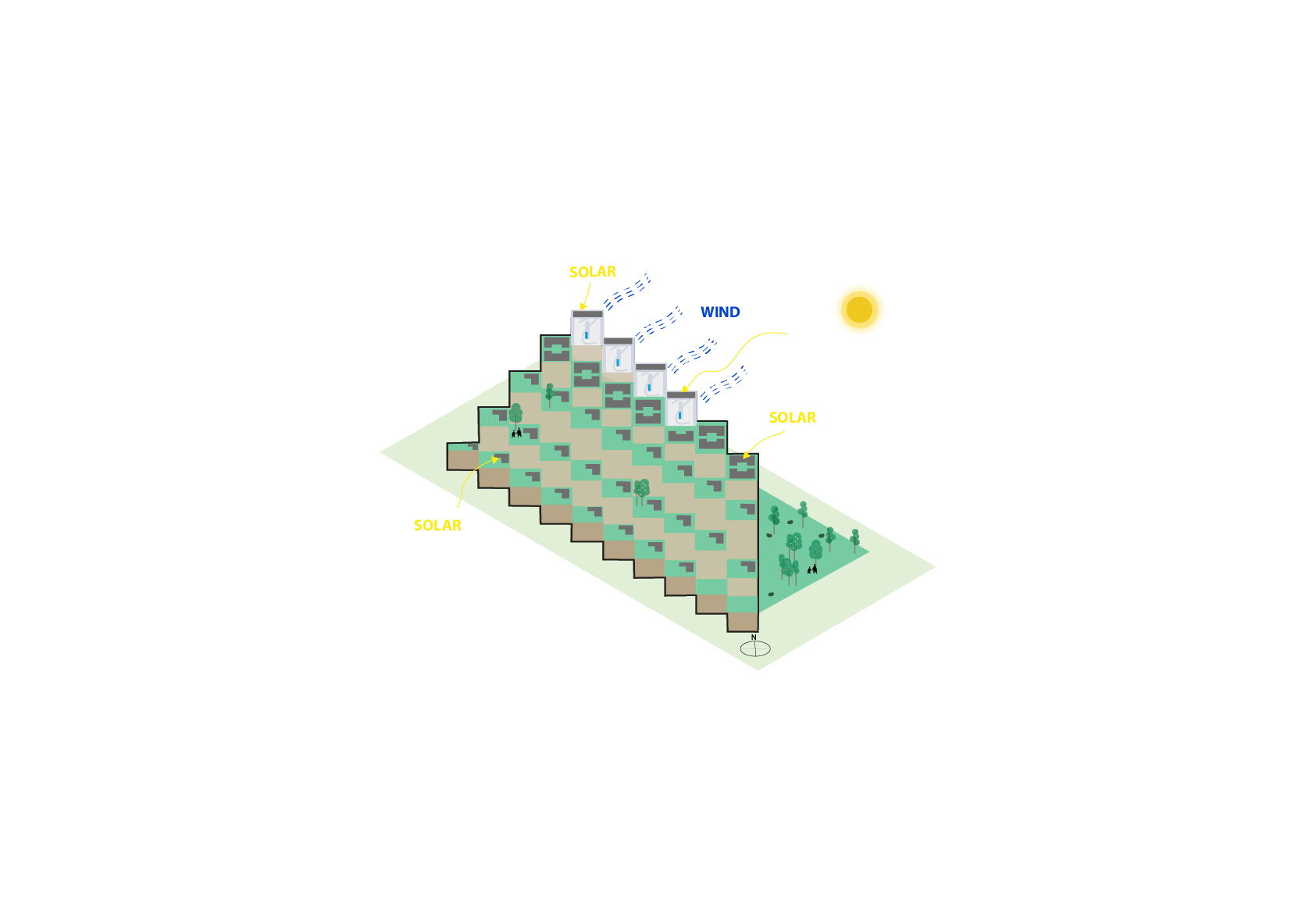|| NAAL : a reflection of past through present ||
// naal : [sanskrit] Umbilical Cord: a connecting element between humans and surroundings and going back to the roots in order to learn from the traditional architecture and adapting the architectural practice back to it. || “Humans : a component of the ecosystem?” || For thousands of years, man seeked shelter under trees or in … Read more

